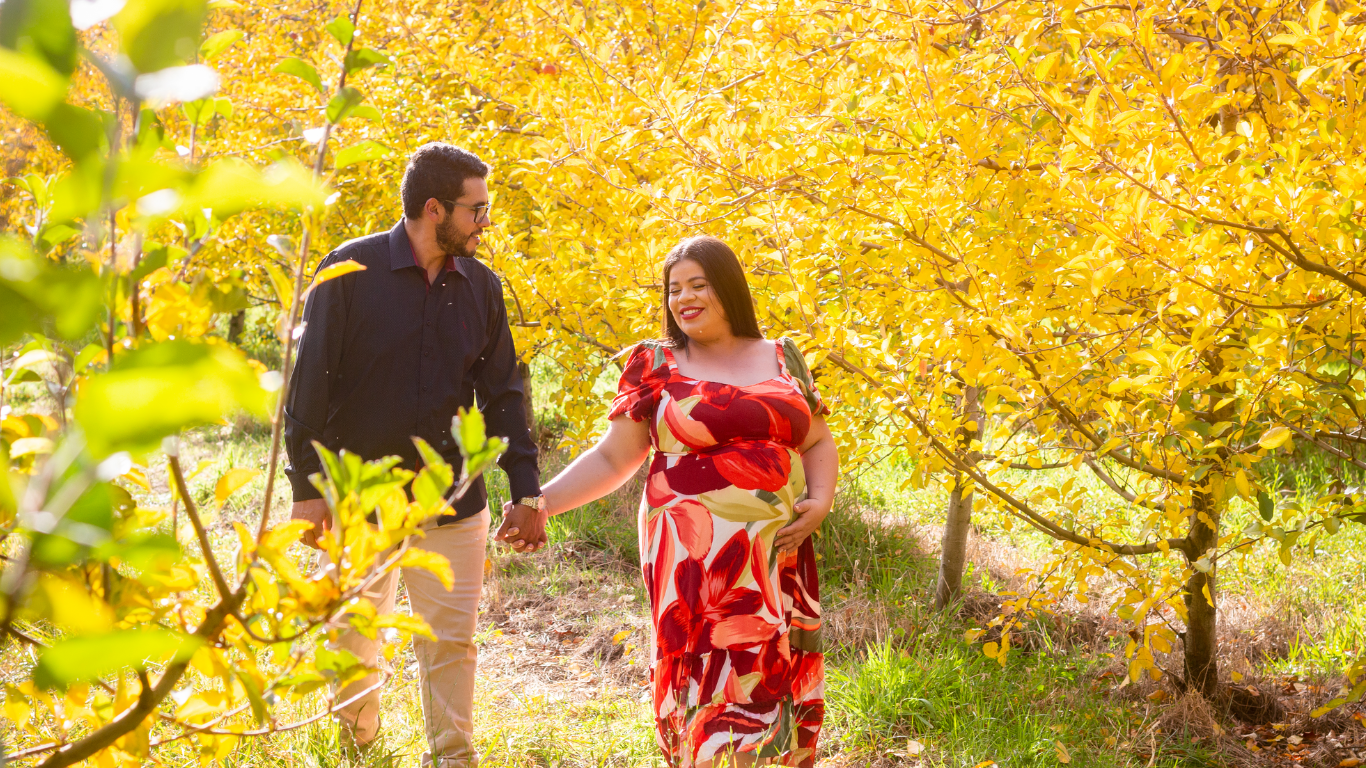Autumn is here, and the world’s turning into a kaleidoscope of crimson, gold, and amber! But amidst the crisp air and pumpkin spice frenzy, there’s a question that’s got everyone buzzing: What do trees do in autumn? This isn’t just any question—it’s a riddle that’s stumping kids, puzzling parents, and sparking debates across classrooms and campfires. Sounds simple, right? Wrong! This tricky teaser hides a treasure trove of science, wonder, and nature’s jaw-dropping magic. Buckle up, because we’re diving deep into the heart of this autumn riddle to reveal answers that’ll blow your mind, ignite your curiosity, and make you see trees in a whole new light!
Why This Riddle Is a Fall-tastic Brain Teaser
Let’s start with the riddle itself: What do trees do in autumn? It sounds like a straightforward query, but don’t be fooled—this is a brain-bender wrapped in a seasonal mystery! Riddles are like mental gymnastics, challenging us to think beyond the obvious and uncover hidden truths. And this one? It’s a masterclass in cleverness, blending nature’s cycles with wordplay that’ll have you grinning when the answer clicks.
The beauty of this riddle lies in its simplicity and depth. For kids, it’s a fun way to learn about the world. For adults, it’s a nostalgic nudge to reconnect with nature’s rhythms. And for everyone, it’s a chance to marvel at the spectacle of fall. So, what’s the answer? Spoiler alert: it’s not just one thing! Trees in autumn are multitasking superstars, and we’re about to unpack every dazzling detail—plus a few surprises that’ll leave you speechless!
The Classic Answer: Leaves Fall, and So Do Our Jaws!
Alright, let’s get to the heart of the riddle. The most popular answer to What do trees do in autumn? is: Their leaves fall. Boom! It’s short, it’s sweet, and it captures the iconic image of autumn—trees shedding their vibrant leaves in a glorious cascade. But don’t let the simplicity fool you—this answer is just the tip of the iceberg.
When trees “let their leaves fall,” they’re not just tidying up for winter—they’re pulling off a survival stunt that’s been perfected over millions of years. As summer fades, trees sense shorter days and cooler temps, triggering a chemical chain reaction. Chlorophyll, the green pigment that powers photosynthesis, breaks down, revealing fiery reds, oranges, and yellows. Then, a layer of cells forms at the base of each leaf’s stem (called the abscission layer), and—poof!—the leaf detaches, fluttering to the ground like nature’s confetti.
This leaf-dropping extravaganza isn’t just pretty; it’s a genius move. By shedding leaves, trees conserve water, protect themselves from winter’s harsh winds, and recycle nutrients back into the soil. It’s like they’re saying, “See ya, summer—I’m ready to chill!” But is leaf-falling the only answer to the riddle? Not by a long shot! Let’s dig deeper into what else trees are up to when autumn hits.
Beyond Falling Leaves: Trees’ Secret Autumn Superpowers
If you thought trees were one-trick ponies, think again! The riddle’s classic answer—leaves fall—only scratches the surface of what trees do in autumn. These leafy giants are pulling off a symphony of changes that’ll make your head spin. Here’s a rundown of their lesser-known autumn antics:
First, trees hit the brakes on photosynthesis. With less sunlight and colder temps, they dial back the food-making process, storing energy in their roots and trunks for winter. It’s like they’re packing a survival kit for the frosty months ahead. This slowdown also triggers those stunning color changes, as pigments like carotenoids (yellows) and anthocyanins (reds) steal the show.
Next, they beef up their defenses. Trees produce thicker bark and seal off leaf scars to ward off pests, diseases, and freezing temps. Some even pump out extra sugars to act as natural antifreeze, keeping their cells from bursting in the cold. Talk about a winter game plan!
And don’t forget seed dispersal. Many trees, like oaks and maples, drop acorns, samaras (those helicopter seeds!), and other goodies in autumn. It’s their way of ensuring the next generation takes root, even if it means squirrels get a buffet. These seeds aren’t just snacks—they’re nature’s promise of new life come spring.
Oh, and here’s a wild one: some trees “talk” more in autumn! Through chemical signals and underground fungal networks (aka the “wood wide web”), they share nutrients with neighboring plants, helping the whole forest prep for winter. It’s like a leafy group hug that’ll melt your heart.
So, when the riddle asks what trees do, it’s not just about falling leaves—it’s about transformation, survival, and a whole lot of swagger. Trees are autumn’s MVPs, and we’re just getting started!
Why Autumn Colors Are Nature’s Greatest Glow-Up
Let’s pause for a second to geek out over those autumn colors, because—wow—they’re the ultimate showstoppers! When trees start shedding their green for fiery hues, it’s like they’re strutting onto nature’s runway. But what’s behind this dazzling makeover?
It all comes down to chemistry and timing. During spring and summer, chlorophyll rules, giving leaves their green vibe. But as autumn rolls in, chlorophyll production slows, letting other pigments shine. Carotenoids bring the yellows and oranges (think carrots and pumpkins), while anthocyanins deliver reds and purples (like grapes and berries). The exact shade depends on the tree species, weather, and soil—cool nights and sunny days crank up the vibrancy like nobody’s business.
Here’s a fun fact: anthocyanins aren’t just pretty—they’re like sunscreen for leaves, protecting them from sun damage as they shut down for the season. And those reds and purples? They might even scare off pests, like a neon “keep out” sign. Trees aren’t just changing colors—they’re flexing their survival skills in the most photogenic way possible.
This color explosion is a big reason the riddle resonates. When we think of autumn, we picture leaves turning and falling, painting the landscape in hues that make every hike Instagram-worthy. It’s nature’s way of saying, “Go big or go home!”
The Science Behind the Riddle: A Crash Course in Tree Magic
Ready for a science fix? The riddle’s answer might sound poetic, but it’s rooted in some seriously cool biology. Let’s break it down like a leaf hitting the forest floor:
When autumn kicks in, trees pick up on environmental cues—shorter days, cooler nights, and less intense sunlight. These signals flip a switch in their systems, starting with phytochrome, a light-sensitive pigment that acts like a seasonal alarm clock. The tree responds by slowing chlorophyll production, which unveils those hidden pigments we talked about.
At the same time, the abscission layer forms where the leaf meets the stem. This corky barrier cuts off water and nutrients, weakening the connection until the leaf drops. It’s not random—trees control the timing to maximize survival. Ever notice how some trees drop leaves early while others hold on? That’s their DNA at work, fine-tuned by evolution.
Meanwhile, trees are stockpiling resources. Sugars, starches, and nutrients get pulled from leaves into the trunk and roots, creating an energy bank for winter dormancy. Some trees, like maples, even turn excess sugars into those vivid red anthocyanins, giving us the ultimate fall fireworks.
This whole process, called senescence, is like a tree hitting the reset button. It’s not dying—it’s strategizing, shedding what it doesn’t need to thrive through winter. The riddle captures this epic cycle in a way that’s both clever and accessible, making it a hit with curious minds of all ages.
Riddles and Learning: Why This One’s a Classroom Star
Speaking of curious minds, the What do trees do in autumn? riddle is a teacher’s dream come true. It’s not just fun—it’s a sneaky way to teach kids (and adults!) about science, nature, and critical thinking. Here’s why it’s a classroom all-star:
For starters, it’s engaging. Kids love riddles because they feel like a game, not a lecture. When they shout “Leaves fall!” and realize there’s more to it, they’re hooked. Teachers can use the riddle to spark discussions about seasons, plant biology, or even climate change (more on that later).
It also builds problem-solving skills. Riddles encourage kids to think laterally, consider multiple answers, and connect dots between clues. Is it just about leaves? What about seeds or colors? The open-ended nature keeps them guessing and learning.
Plus, it’s versatile. In science class, it’s a gateway to photosynthesis and ecosystems. In language arts, it’s a lesson in wordplay and imagery. And in art? Grab some crayons and draw those fiery trees! Parents love it too—it’s a screen-free activity that turns a walk in the park into a treasure hunt for answers.
No wonder this riddle’s a staple in lesson plans and family game nights. It’s proof that learning can be as thrilling as a rollercoaster ride!
Other Possible Answers: Thinking Outside the Leaf Pile
Here’s where the riddle gets extra spicy—leaves falling isn’t the only answer! Depending on how you interpret it, trees do all sorts of wild things in autumn. Let’s explore some alternative answers that’ll make you rethink everything:
- They change color: Before leaves hit the ground, trees put on a fashion show, swapping green for a rainbow of hues. It’s a visual answer that screams autumn.
- They go dormant: Trees aren’t “sleeping” yet, but they’re slowing down, prepping for winter’s nap. It’s a sneaky, technical answer for science buffs.
- They drop seeds: Acorns, pinecones, and winged samaras rain down in fall, spreading the tree’s legacy. It’s a nod to reproduction that fits the riddle’s vibe.
- They store energy: By pulling nutrients into their roots, trees are banking fuel for spring. It’s less obvious but totally legit.
- They dazzle us: Okay, this one’s poetic, but autumn trees do captivate us with their beauty. It’s a feel-good answer for dreamers.
The riddle’s magic is its flexibility—there’s no wrong answer if you can back it up! It invites creativity, making it perfect for sparking debates or impressing friends at trivia night. So, what’s your favorite answer?
Autumn Trees and the Environment: A Bigger Picture
Let’s zoom out for a hot second, because autumn trees aren’t just pretty—they’re environmental rockstars. The riddle’s a great way to start a convo about how trees impact the planet, especially in fall. Here’s the tea:
When leaves fall, they don’t just pile up for your Instagram leaf-jumping pics—they decompose, enriching the soil with nutrients. This feeds microbes, fungi, and plants, keeping forests thriving. It’s like trees are chefs, whipping up a nutrient stew for the ecosystem.
Fallen leaves also provide homes for critters. Insects, amphibians, and small mammals burrow into leaf litter to survive winter, while birds and squirrels feast on seeds. Trees are basically running a wildlife Airbnb!
But it’s not all rosy—climate change is messing with autumn’s timing. Warmer temps can delay leaf drop, while droughts stress trees, dulling their colors. The riddle’s a chance to talk about protecting forests through conservation, reforestation, or just planting a tree in your backyard. Every leaf counts!
Fun Ways to Use the Riddle IRL
Ready to take this riddle off the page and into the wild? Here are some electrifying ways to make it a fall tradition:
- Host a riddle party: Gather friends or family, share the riddle, and see who nails the answer first. Bonus points for autumn snacks like cider and donuts!
- Go on a leaf hunt: Take kids to a park and ask the riddle while collecting colorful leaves. Turn it into a scavenger hunt for acorns or pinecones too.
- Craft with leaves: After solving the riddle, use fallen leaves for art—think collages, rubbings, or pressed-leaf bookmarks. It’s a creative win!
- Teach a lesson: Parents or teachers can use the riddle to kick off a science unit. Follow it with a nature walk to spot trees in action.
- Play a game: Turn it into a charades challenge—act out falling leaves or changing colors without saying a word. Laughter guaranteed!
These ideas make the riddle more than a question—they make it a memory that’ll stick like sap on your fingers.
The Cultural Side of Autumn Trees
Autumn trees aren’t just a science story—they’re a cultural phenomenon. The riddle taps into our love for fall, from cozy sweaters to harvest festivals. Around the world, trees in autumn inspire art, poetry, and traditions:
In Japan, momijigari (leaf-viewing) is a centuries-old ritual, where people flock to forests to admire red maples. In North America, leaf-peeping road trips draw millions to places like Vermont or the Smoky Mountains. Even poets like Robert Frost couldn’t resist waxing lyrical about golden birches.
The riddle connects to this vibe—it’s not just about what trees do but how they make us feel. When leaves fall, they signal change, reflection, and beauty, mirroring life’s cycles. It’s no wonder this riddle’s a hit—it’s a tiny poem disguised as a puzzle.
FAQs: Your Burning Questions Answered!
Still curious? Here’s the lowdown on the most common questions about the What do trees do in autumn? riddle:
What’s the main answer to the riddle? The classic answer is “Their leaves fall,” but changing colors, dropping seeds, or storing energy work too—it’s all about perspective!
Why do trees’ leaves fall in autumn? Shorter days and cooler temps trigger trees to stop photosynthesis, form an abscission layer, and shed leaves to save water and energy.
Can evergreen trees fit the riddle? Kinda! Evergreens like pines drop needles gradually, not all at once, so it’s less obvious but still counts.
How can I teach kids this riddle? Share it during a nature walk, point out falling leaves, and ask them to guess. Follow up with simple science facts to keep it fun.
Is the riddle only about deciduous trees? Mostly, since deciduous trees (like maples) drop leaves dramatically. But creative answers could include evergreens’ subtle changes.
The Final Leaf: Why This Riddle Rocks
So, what do trees do in autumn? They drop leaves, dazzle us with colors, store energy, scatter seeds, and pull off a survival act that’s nothing short of miraculous. The What do trees do in autumn? riddle isn’t just a question—it’s a love letter to nature’s wildest season, wrapped in a brain-teasing bow. It sparks wonder, teaches science, and reminds us to look up at the trees turning our world into a masterpiece.
Whether you’re a kid giggling over falling leaves, a teacher inspiring young minds, or just someone who loves a good puzzle, this riddle’s got something for you. So grab a scarf, step into the crisp fall air, and share this riddle with everyone you know.




